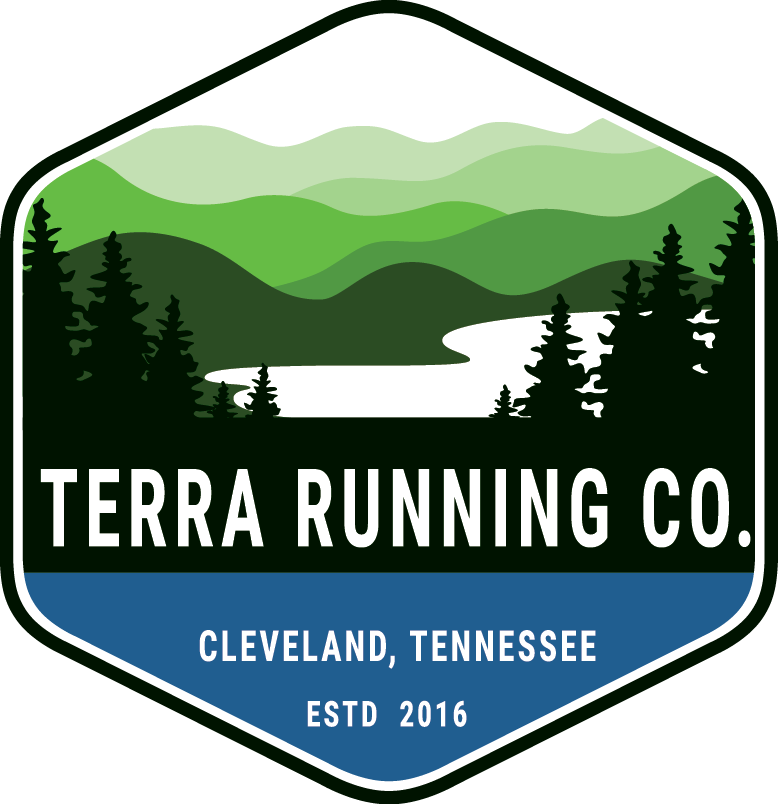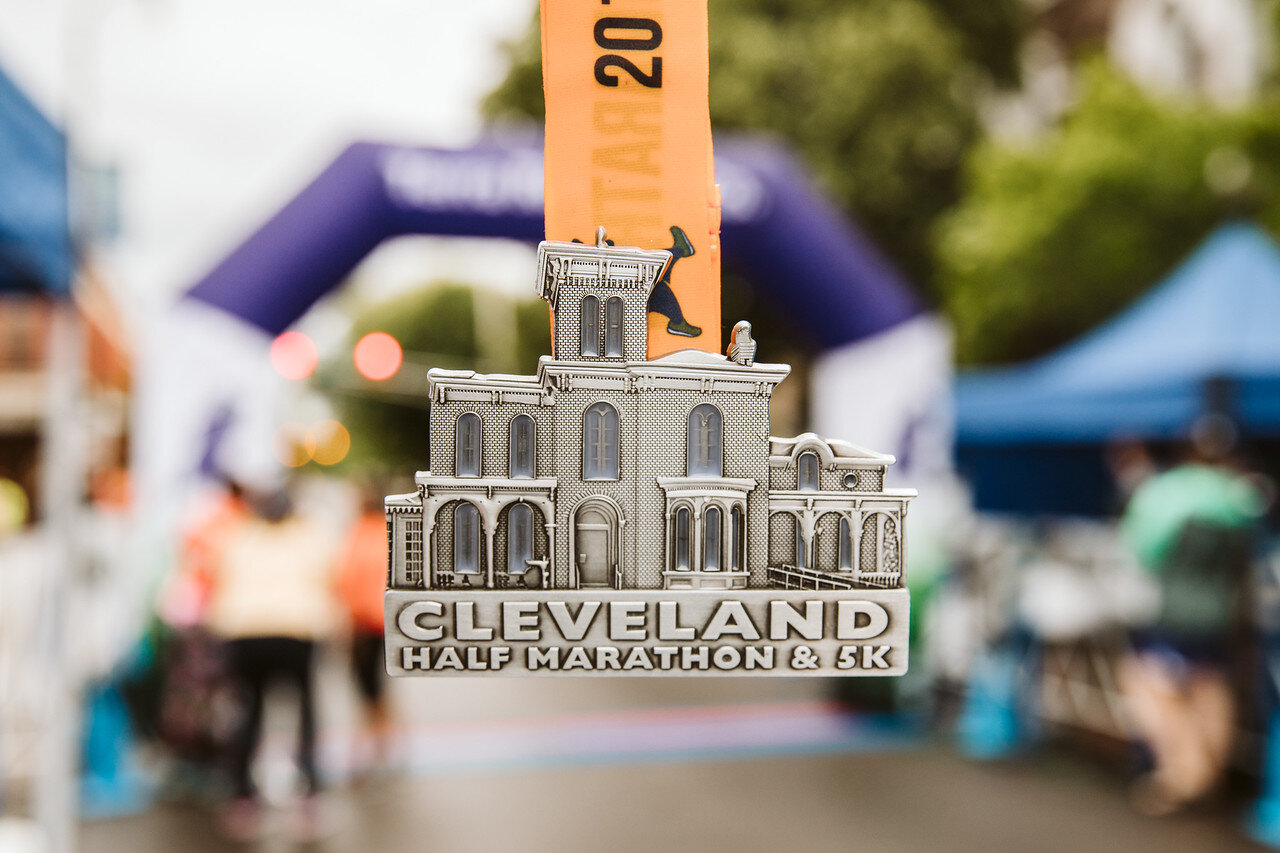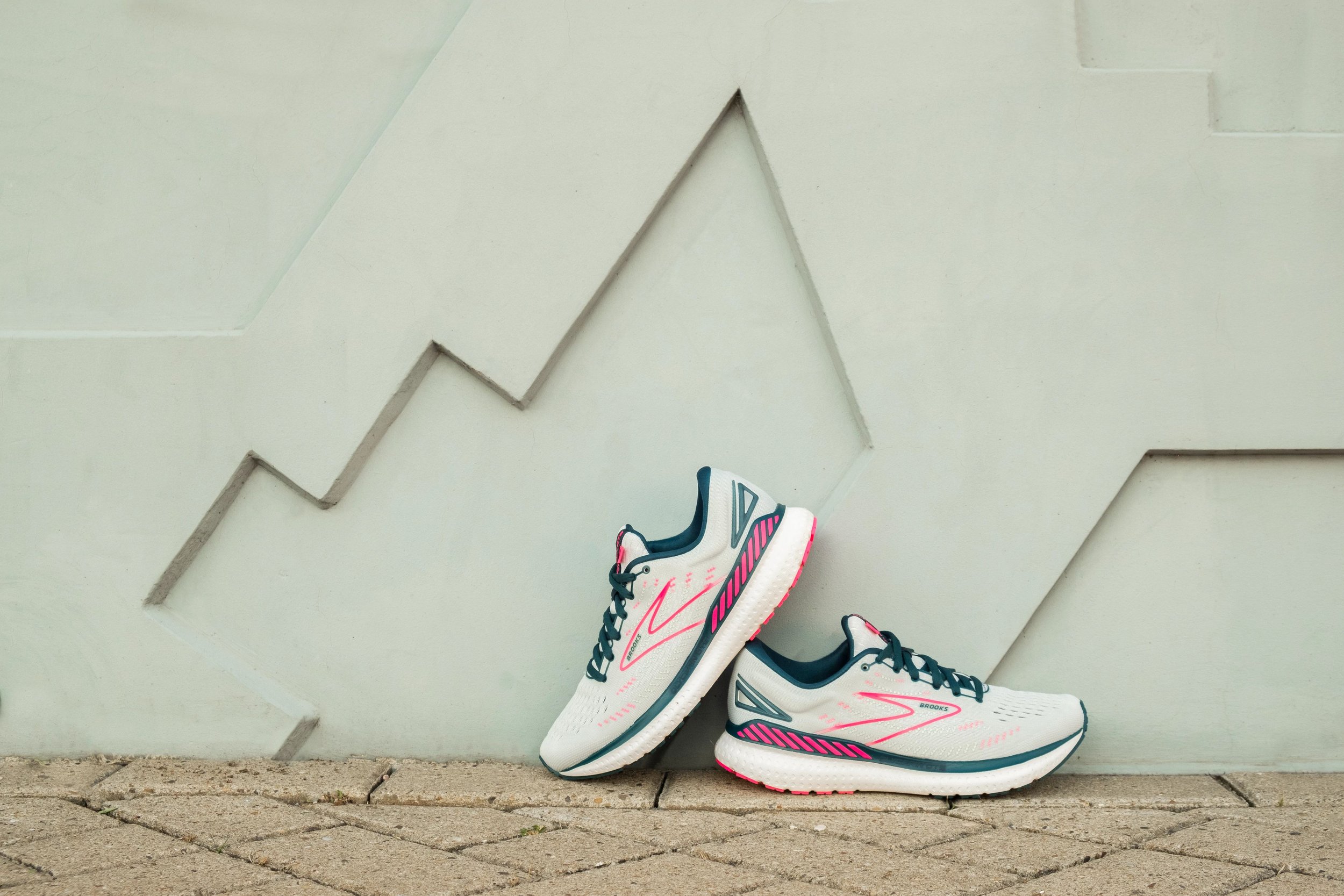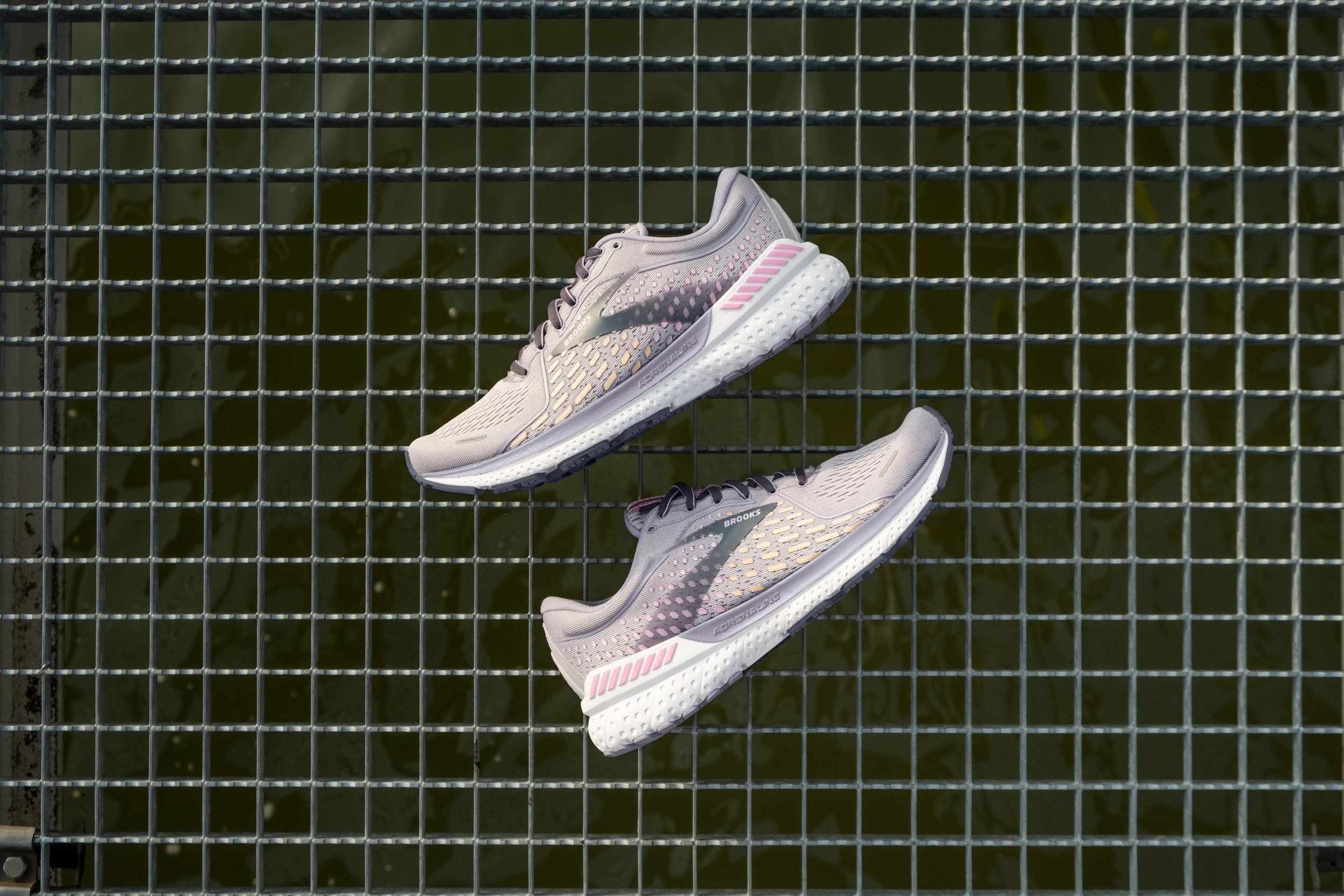Even if you are not a fan of Altra’s shoes you probably know that the brand is known for its “zero-drop” platforms and “foot-shaped” shoes. With shoes that put you on level ground and allow your toes room to splay out, a natural gait is encouraged and injuries are (hopefully!) prevented. This is why Altra, since the brand’s start in 2011, has offered only “zero-drop” shoes.
But all of this changed a few months ago when Altra introduced the world to their first-ever non-zero drop shoe, the AltraFWD Experience.
My Altra FWD Experiences after their first run
The AltraFWD Experience is still a very low-drop shoe, coming in at 4mm. For context, this is the same drop as the Hoka Bondi and one millimeter lower than the Hoka Clifton. The AltraFWD Experience also has a noticeable rocker shape, aimed at facilitating a faster toe-off. For the midsole, Altra went with a new compression-molded EVA instead of their beloved EGOmax foam. The upper is a breathable mesh and, quite frankly, the shoe just looks really good. But no matter how pretty a shoe, runners want to know: “How does it perform?”
With a couple of weeks of running on my pair, here are my thoughts:
Geometry
One of the things I love most about low-drop shoes is how they encourage a more natural gait and midfoot strike (versus a heel strike). While I know that is not everyone’s experience, for me it is noticeable. On the AltraFWD Experience, the low drop, paired with the rocker geometry, had my running form looking and feeling better than it ever has. I don’t know what it is about it, but I felt like I was running correctly. I know, I know! There is (supposedly) no real right or wrong gait BUT this shoe had me gliding over the pavement. I really like the rocker in it, more so than any other shoe with a rocker I have run in before.
Midsole
The midsole in the FWD Experience is a compression-molded EVA. To my understanding, they have not put this foam in any of their other shoes. Most Altras (all?) utilize their EGO or EGOmax material which is much softer than what you get with this EVA. While there is plenty of material under your foot it doesn’t particularly feel cushioned. Think protective and supportive. When running in it, it feels dense. Not unresponsive but not responsive either. Almost like, you run a step and the impact is absorbed by the shoe but there is zero energy given back to you even though it is still somehow helping you pick up the pace. This felt surprising; the rocker and 4mm drop had my feet turning over quickly but I didn’t feel like I was going faster (even though I was). It is a strange paradox.
Outsole
The shoe seems to be holding up well, though, with just over 30 miles on them, it is too early to tell (that being said, I have had shoes show wear on the sole after 10 miles). I do expect the firmer midsole to last longer than something softer. The outsole grips well on dry surfaces but I did notice that I felt less sure-footed when I was trying to pick up the pace on a rainy day. That being said, I think I would have felt the same way in most of my other shoes.
Upper and Fit
I have the white colorway and, predictably it is now dirty. That is the price you pay for beautiful white shoes! So far, I have no concerns with actual upper, laces, or stitching. I do think the AltraFWD Experience runs a bit on the small side, so it could be worth going up a half-size when choosing your pair. The footshape is made on Altra’s “Standard” last, the same shape as the Torin, Paradigm, Timp, etc.
Conclusion
I have gone back and forth from, “I love this shoe!” to “The midsole feels dead, so it’s not that fun to run in.” After giving it a few more runs, I have decided that I really do like this shoe. Even if I don’t feel fast in it, it is noticeably easier to pick up the pace in this shoe than in others. I think it is perfect for tempo runs and protective enough for longer miles. Sure, you might not feel like you are driving (the shoe equivalent of) a sports car, but if it performs like one, then does it matter? In the future, I would love to see Altra give this shoe a slightly softer, more responsive feeling midsole. I think at that point, it would woo over a lot of Hoka Clifton junkies who are looking for a faster, more durable shoe.
While diehard Altra fans may be upset that the brand is starting to offer some non-zero-drop options, I am personally excited to see this move. As long as Altra keeps making zero-drop shoes (and that is not changing!) I am more than happy to have some other Altra options for myself and our customers. While the AltraFWD Experience might not be the perfect shoe (yet!), I think it is a step in the right direction (no pun intended). By offering more variety in their lineup, they open their brand up to runners who may be afraid to jump head-first into a zero-drop shoe and give Altra fans something different to add to their rotation which will ultimately help ward off overuse injuries, especially on days when their calves are extra tired. Now that the zero-drop-only restriction has been lifted, I am excited to see how Altra plays a bit more with its shoe designs while staying true to the science behind low and zero-drop geometry.














